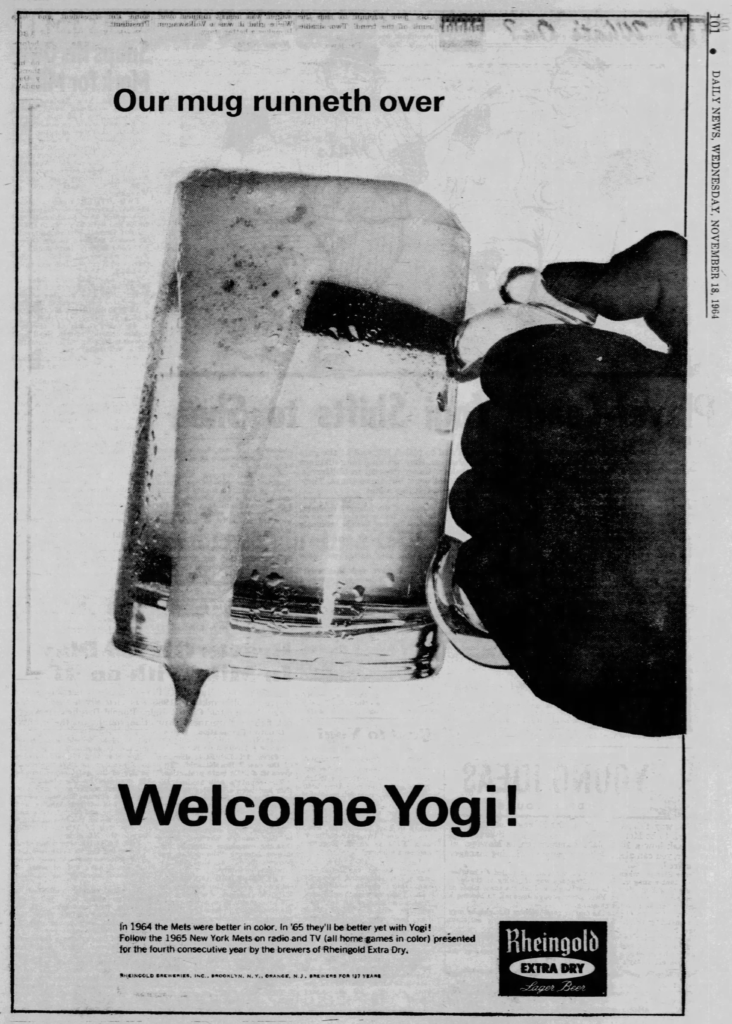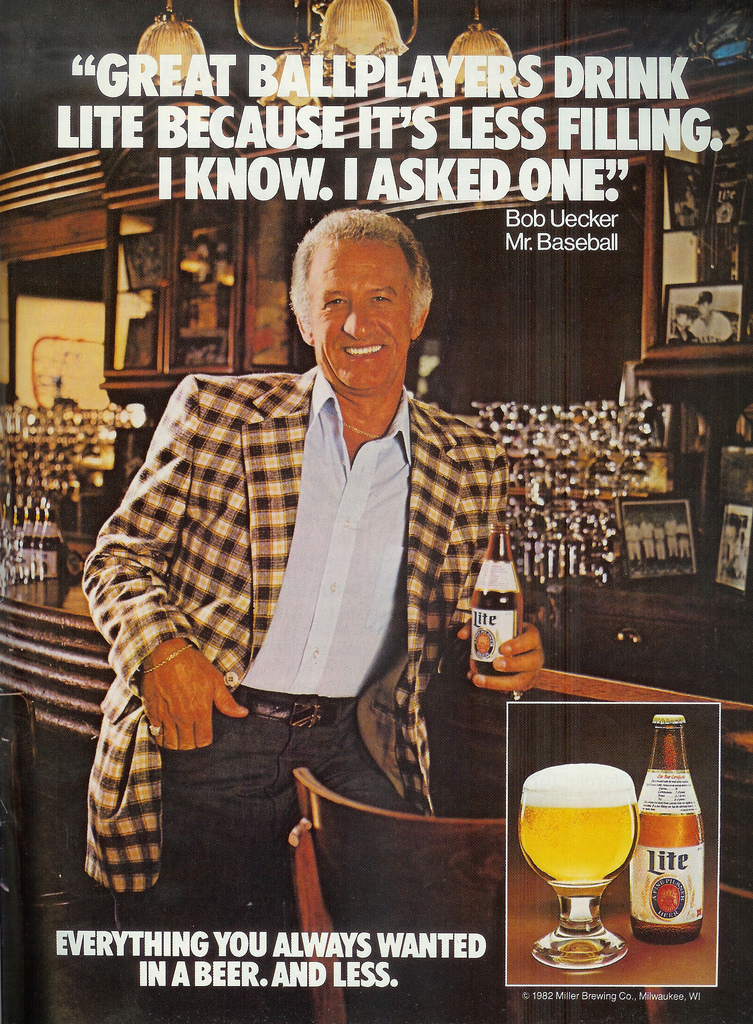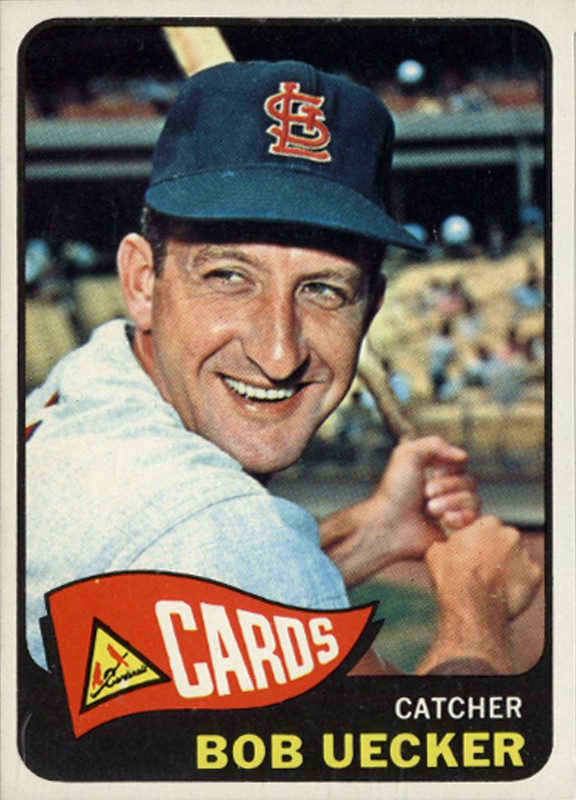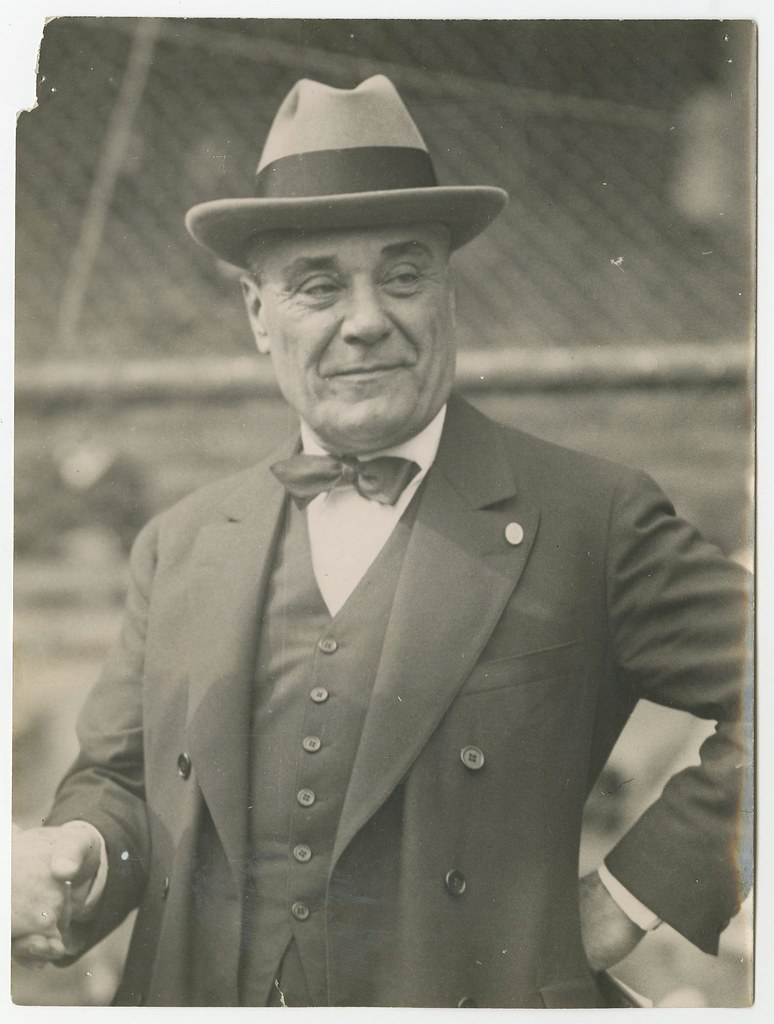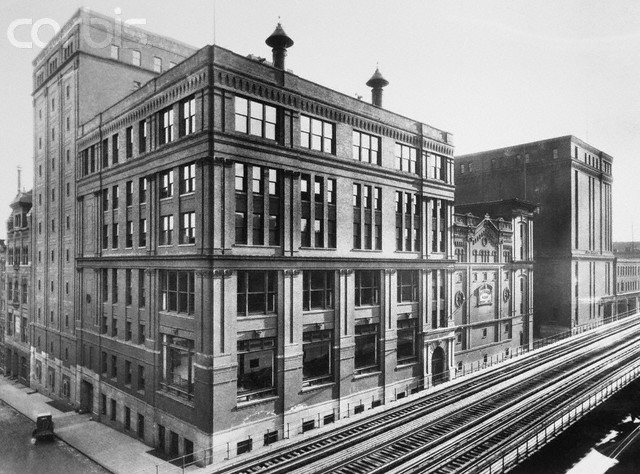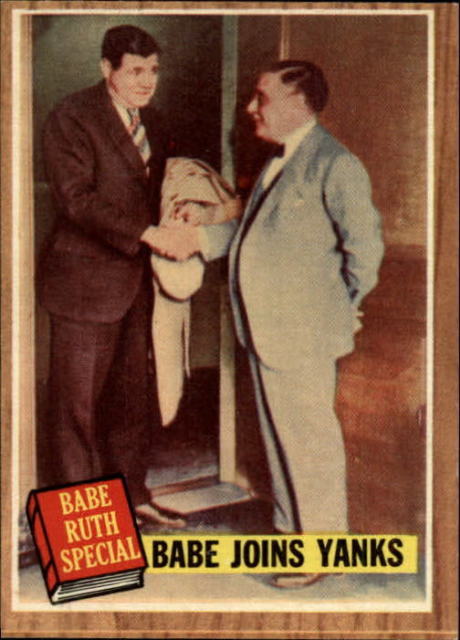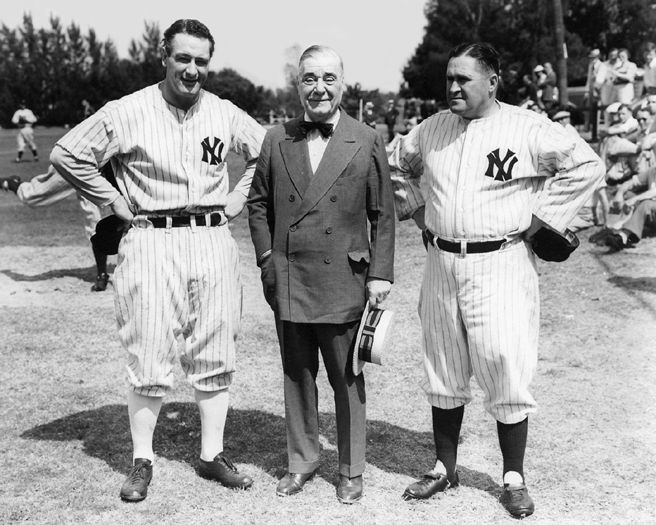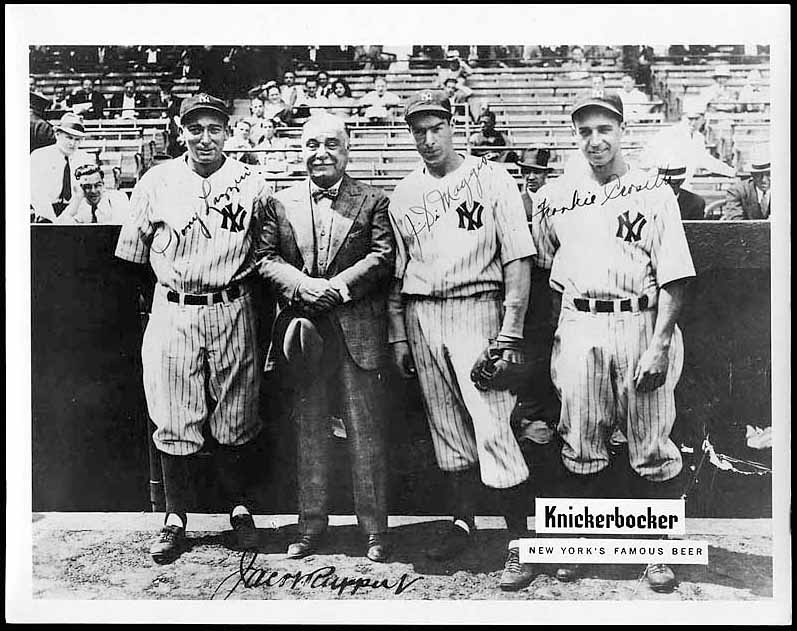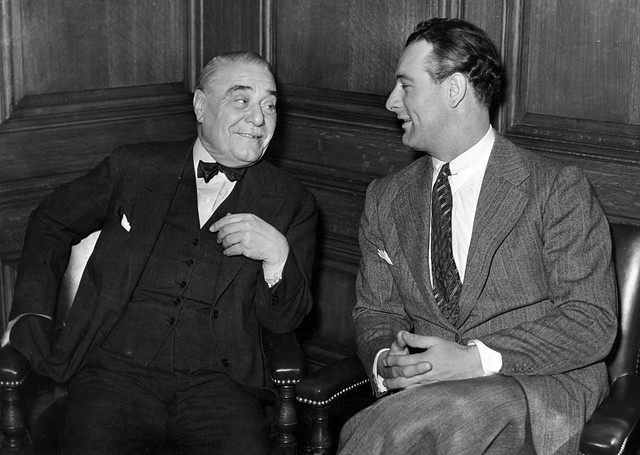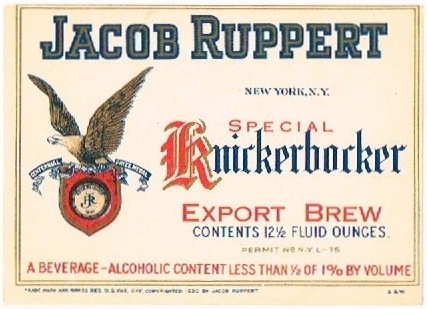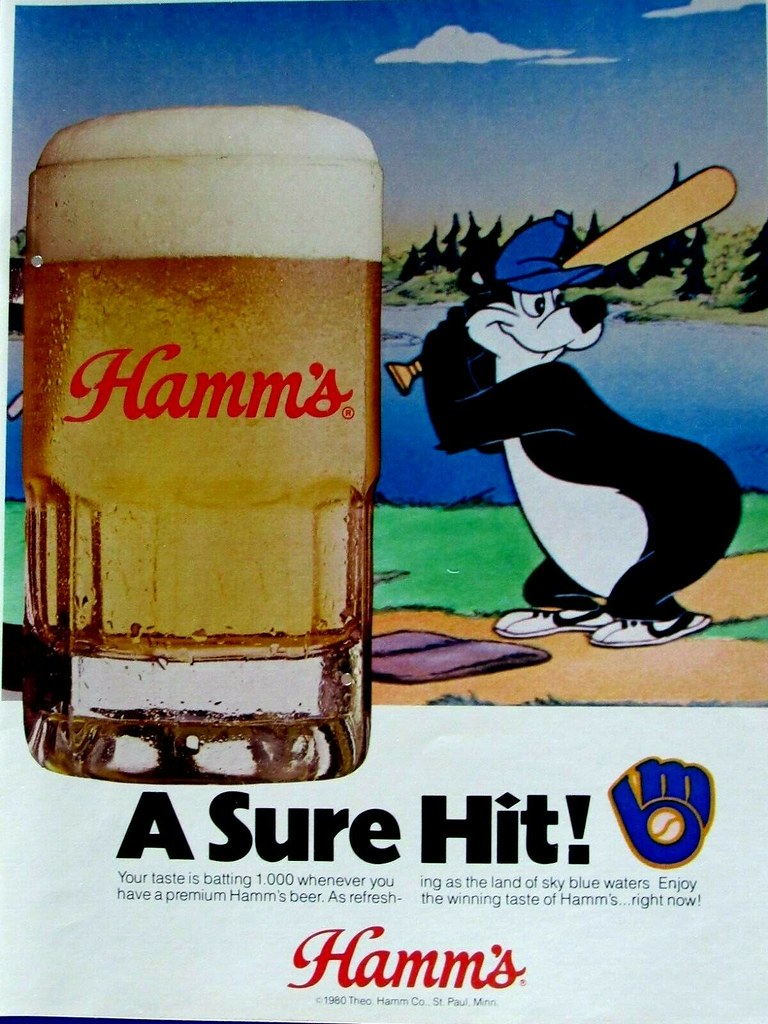
Wednesday’s ad is for “Rheingold Beer,” from 1964. This ad was made for the Rheingold Brewery, which was founded by the Liebmann family in 1883 in New York, New York. At its peak, it sold 35% of all the beer in New York state. In 1963, the family sold the brewery and in was shut down in 1976. In 1940, Philip Liebmann, great-grandson of the founder, Samuel Liebmann, started the “Miss Rheingold” pageant as the centerpiece of its marketing campaign. Beer drinkers voted each year on the young lady who would be featured as Miss Rheingold in advertisements. In the 1940s and 1950s in New York, “the selection of Miss Rheingold was as highly anticipated as the race for the White House.” The winning model was then featured in at least twelve monthly advertisements for the brewery, beginning in 1940 and ending in 1965. Beginning in 1941, the selection of next year’s Miss Rheingold was instituted and became wildly popular in the New York Area and beyond. Miss Rheingold 1964 was Celeste Yarnall. She was born July 26, 1944 in Long Beach, California, and began acting when she was discovered by Ozzie Nelson and his son Ricky, first appearing on the Adventures of Ozzie & Harriet in 1962, while working as a model and auditioning for commercials. Her first film was Jerry Lewis’ “The Nutty Professor” in 1963. Other films included Elvis Presley’s “Live a Little, Love a Little” (notable because fellow Miss Rheingold winner Emily Banks also appeared in the film), and “Eve.” But she did a lot of television, appearing on such shows as The Wild Wild West, Bewitched, Gidget, The Man from U.N.C.L.E., Captain Nice, Bonanza, Hogan’s Heroes, Love American Style, Mannix, Knots Landing, and Melrose Place. Though perhaps her best known role was on the Star Trek episode “The Apple,” in which she played “Yeoman Martha Landon.” She later became a successful commercial real estate broker, opening her own firm, got a PhD in nutrition, teaching it at Pacific Western University, and was a breeder of Tonkinese cats. She was also married three times, and had one daughter with her first husband, producer Sheldon Silverstein. She died in 2018 in Westlake Village, California, at age 74. In this ad, from November, Miss Rheingold 1964, Celeste Yarnall, is entirely absent, but instead the ad, entitled “Our mug runneth over,” is welcoming baseball superstar Yogi Berra to the Mets, who Rheingold continues to be a major sponsor of, as he’ll become a coach (and briefly a player) with them for the next decade.
